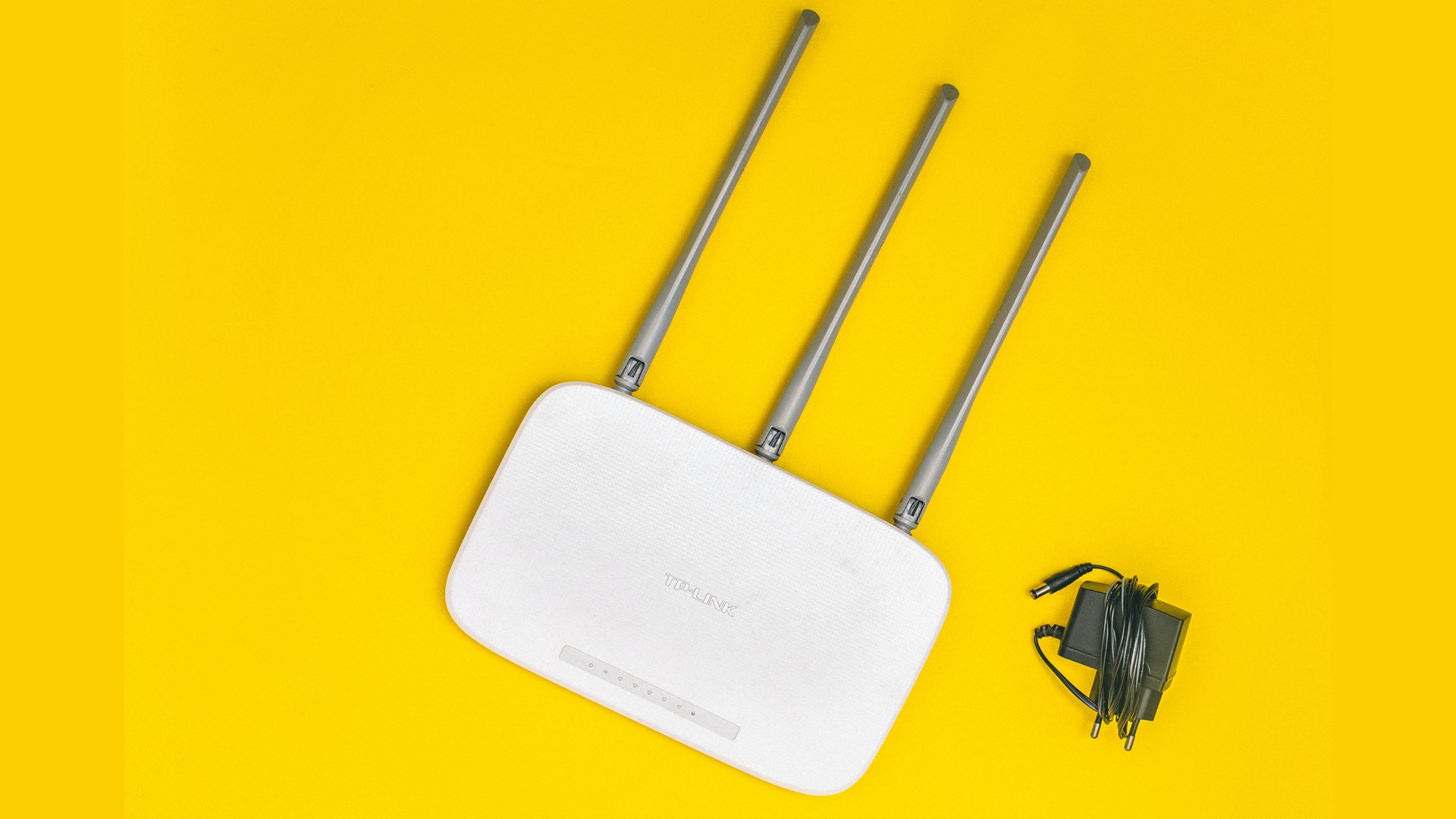Wireless networks have come a long way since the early days of Wi-Fi. As technology has advanced, new Wi-Fi standards have been introduced to provide faster speeds, improved reliability, and greater capacity. In this blog post, we will explore the different Wi-Fi standards, including Wi-Fi 4, Wi-Fi 5, Wi-Fi 6, and Wi-Fi 6E, and their equivalents 802.11n, 802.11ac, and 802.11ax.
Wi-Fi 4 (802.11n)
Wi-Fi 4, also known as 802.11n, was introduced in 2009 and is capable of delivering speeds up to 600 Mbps. It introduced multiple input, multiple output (MIMO) technology, which uses multiple antennas to transmit and receive data simultaneously. This improved range and reduced interference, making it more reliable than earlier Wi-Fi standards.
Wi-Fi 5 (802.11ac)
Wi-Fi 5, also known as 802.11ac, was introduced in 2013 and is capable of delivering speeds up to 6.9 Gbps. It introduced wider channel bandwidths, up to 160 MHz, and multi-user multiple input, multiple output (MU-MIMO) technology, which allows multiple devices to communicate with the router at the same time. This makes it ideal for crowded environments where multiple devices are accessing the network simultaneously.
Wi-Fi 6 (802.11ax)
Wi-Fi 6, also known as 802.11ax, was introduced in 2019 and is capable of delivering speeds up to 9.6 Gbps. It introduced orthogonal frequency division multiple access (OFDMA) technology, which allows multiple devices to share the same channel simultaneously. This improves efficiency and reduces latency, making it ideal for applications that require real-time communication, such as online gaming and video conferencing.
Wi-Fi 6E
Wi-Fi 6E is a recent extension of Wi-Fi 6 that utilizes the 6 GHz frequency band. It was introduced in 2020 and provides even greater capacity and faster speeds than Wi-Fi 6. Wi-Fi 6E devices can access up to 1.2 GHz of bandwidth, which is seven times more than the current 5 GHz band used in Wi-Fi 6. This makes it ideal for high-bandwidth applications such as streaming video and gaming.
Conclusion
In conclusion, Wi-Fi has come a long way since its inception. With each new generation of Wi-Fi, we see improvements in speed, reliability, and capacity. While earlier Wi-Fi standards such as Wi-Fi 4 are still in use, newer standards such as Wi-Fi 6E are quickly becoming the norm. By understanding the differences between these standards, you can choose the one that is right for your needs and take advantage of the latest advances in wireless networking technology.

Gladstone is a tech virtuoso, boasting a dynamic 25-year journey through the digital landscape. A maestro of code, he has engineered cutting-edge software, orchestrated high-performing teams, and masterminded robust system architectures. His experience covers large-scale systems, as well as the intricacies of embedded systems and microcontrollers. A proud alumnus of a prestigious British institution, he wields a computer-science-related honours degree.
